Turkey supports Ukraine without alienating Russia
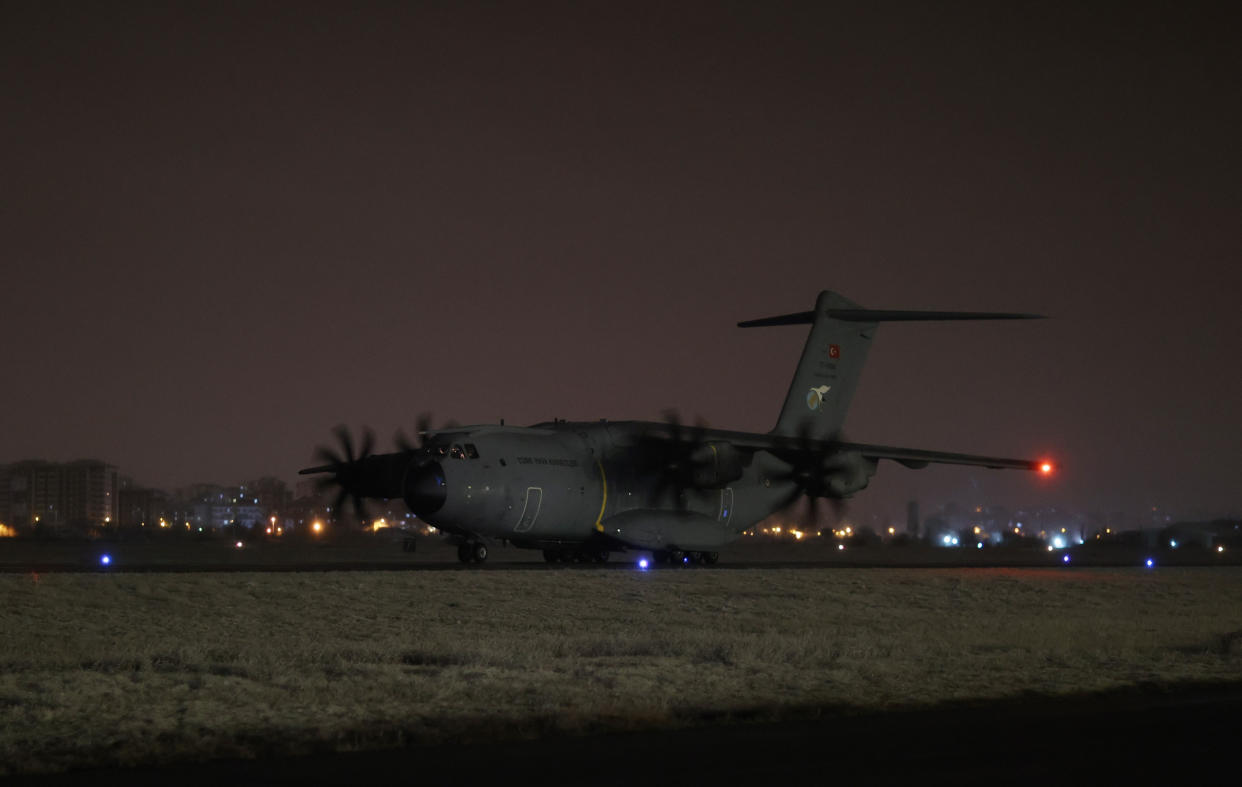
On Dec. 20, two Turkish air force A400M transport aircraft that had been stranded at an airfield just outside of Kyiv for 299 days took off and returned home. The planes, believed to have been used to shuttle Turkish drones and other weapons to Ukraine, had been grounded by Russia’s Feb. 24 invasion. The airspace between Ukraine and Turkey since has remained contested by Russia and too dangerous to risk the return journey.
What happened just a few days before Christmas?
According to Western diplomatic sources, Moscow gave Ankara assurances its cargo planes would not be targeted by Russian jets or missiles on their voyage home. The Kremlin, in other words, offered safe passage to a NATO member that, less than a year ago, was delivering unmanned aircraft for future use against the Russian army.
As strange episodes go, few could better encapsulate the complex relationship between Russian President Vladimir Putin and Turkish President Recep Tayyip Erdogan. It’s a relationship that at times seems bound by mutual interests and shared hostility toward the United States and Europe, and, at other times, by a quiet geopolitical antagonism between the two that veers into proxy warfare if not a lukewarm state of active conflict.
In 2015, at the nadir of modern Turkish-Russian relations, a Turkish F-16 fighter jet shot down a Russian Su-24M attack aircraft. The Russian airplanes were part of its military intervention in the Syrian civil war, intended to bolster the flailing regime of Syrian dictator Bashar Assad. Turkey has supported Syrian insurgent groups, and the shoot-down occurred over the Turkish-Syrian border. In response, Moscow imposed economic sanctions on Ankara, restricting Turkish imports, ending charter flights between the two countries and banning Russian tour operators from selling holiday packages to a popular destination.
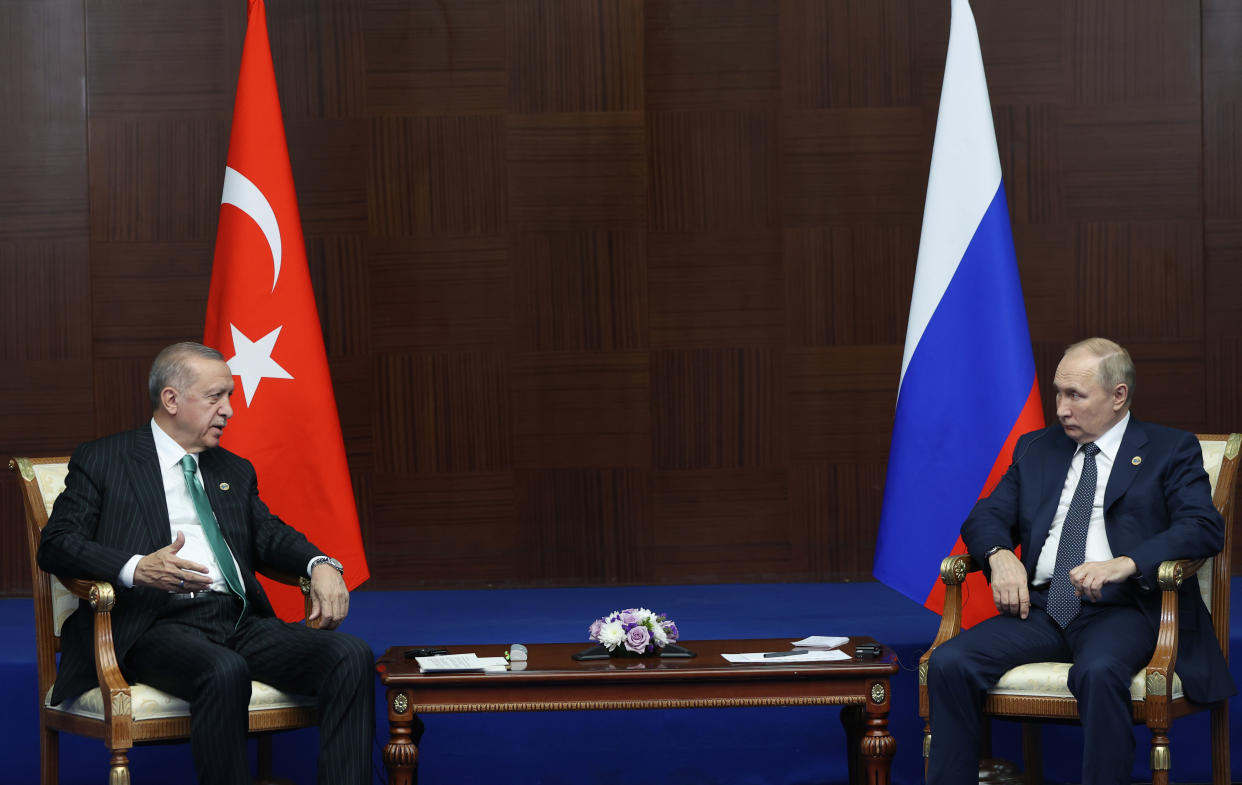
“Erdogan and Putin are enemies, but they’re enemies who deal with each other and are happier and more comfortable dealing with each other than with anyone else,” James F. Jeffrey, a former U.S. ambassador to Turkey, told Yahoo News.
Turkey’s effort to maintain diplomatic, commercial and military ties to Russia while doing the same with Ukraine, a country at war with Russia for almost a decade, has been one of the most precarious balancing acts of statecraft in recent memory. More surprisingly, it has been largely successful. Alone among world leaders, Erdogan arms Putin’s adversary with impunity while managing to offer himself as a seemingly neutral interlocutor between Kyiv and Moscow, orchestrating prisoner swaps, grain deals and preliminary — albeit quixotic — proposals to end the war.
On Thursday, Erdogan called for Putin to declare a “unilateral ceasefire” in Russian-occupied parts of Ukraine, stating that such a gesture would “endorse” calls for “peace and negotiations” and a “vision of a fair solution.” Later that day, in a clear indication that this proposal had been coordinated, Putin declared that a ceasefire would indeed take effect from midday on Friday to midnight on Saturday, the period Orthodox Christians in Russia celebrate Christmas. The proposal was, understandably, greeted with contempt in Kyiv. Ukrainian President Volodymyr Zelensky dismissed it as a “cover” to allow Russian forces to regroup and resupply in the face of a coming Ukrainian offensive in the eastern region of Donbas. None of Zelensky’s ire, however, was directed at Erdogan.
Power projection and self-enrichment are clear motives for Erdogan. Turkey under his leadership has embroiled itself in armed conflicts not just in its immediate vicinity but as far afield as North Africa and the Caucasus. Wars in Syria, Libya and Nagorno-Karabakh not only advance Turkey’s strategic interests but act as proving grounds and international expos for modern Turkish weapons systems that are then sold to third-party nations. Yet Turkey remains the only NATO country to refuse to impose any sanctions on Russia for its invasion of Ukraine.
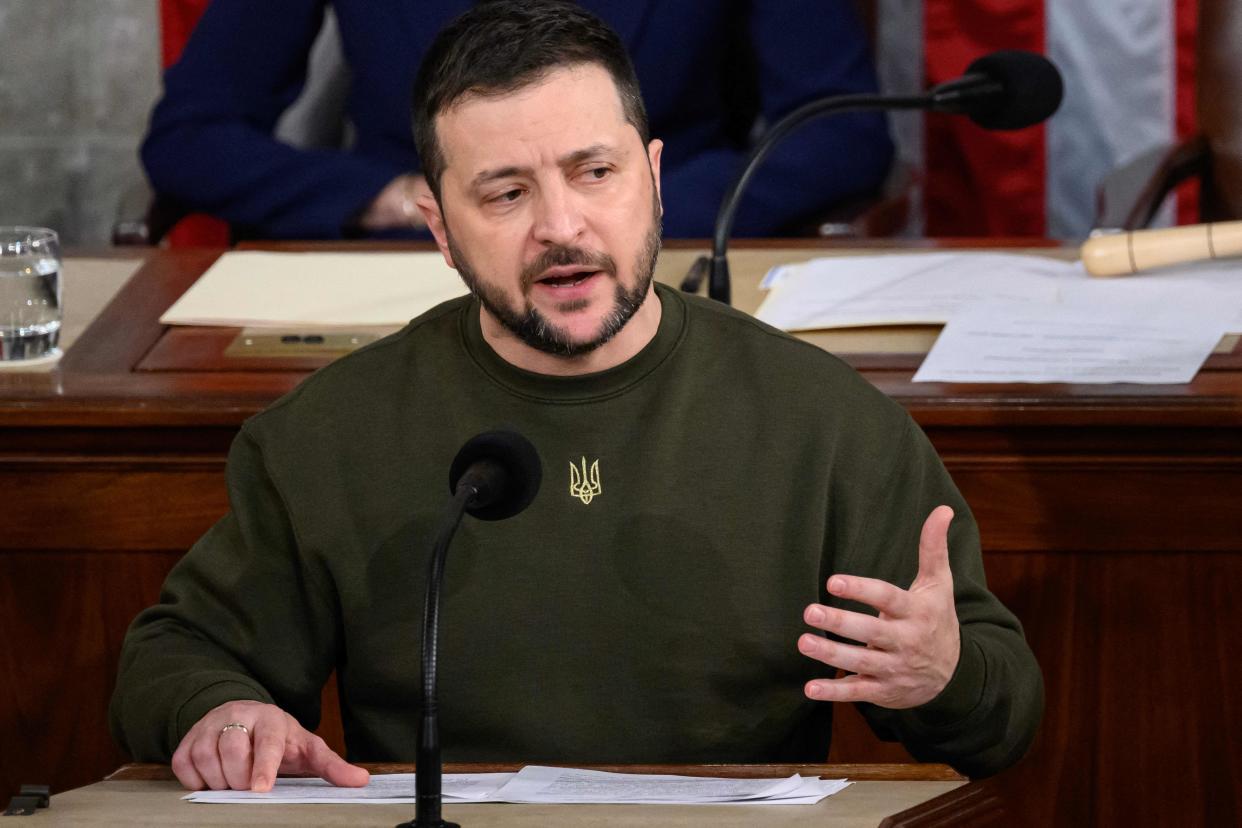
Even now, its hotels, resorts and ports are used by vacationing Russian elites, including prominent oligarchs whose assets and yachts have been seized in other jurisdictions. Russia also continues building a nuclear power plant in Akkuyu, in the southern town of Büyükeceli, which is due to come online in 2023 and is currently intended to supply around 10% of Turkey’s total energy needs. This comes at a time when Europe has gone to great lengths to wean itself off Russian oil and gas, often amid the background noise of Ukrainian fulminations that such a dependency on Russian energy only emboldened Putin to start the largest land war Europe has experienced since World War II.
In Kyiv, Erdogan is considered if not quite a committed ally, then certainly not an enemy, owing to what matters most of all to Ukrainians: ongoing and escalating weapons deliveries. “The average Ukrainian takes Turkey as a friend,” a Ukrainian journalist, who asked to remain anonymous, told Yahoo News. “Our government declares this in public too. But everyone understands that Erdogan is dancing at both weddings. He’s getting benefits from Russia as well.”
“Together with the United Kingdom, Turkey has provided Ukraine with the most significant military support before the second invasion of Ukraine by Russia,” said Ömer Özkizilcik, an Ankara-based foreign policy and security analyst. “Since then, Turkey has stepped up its military assistance to Ukraine ranging from vests to guided multiple rocket launchers and armed drones.”
Turkish delight
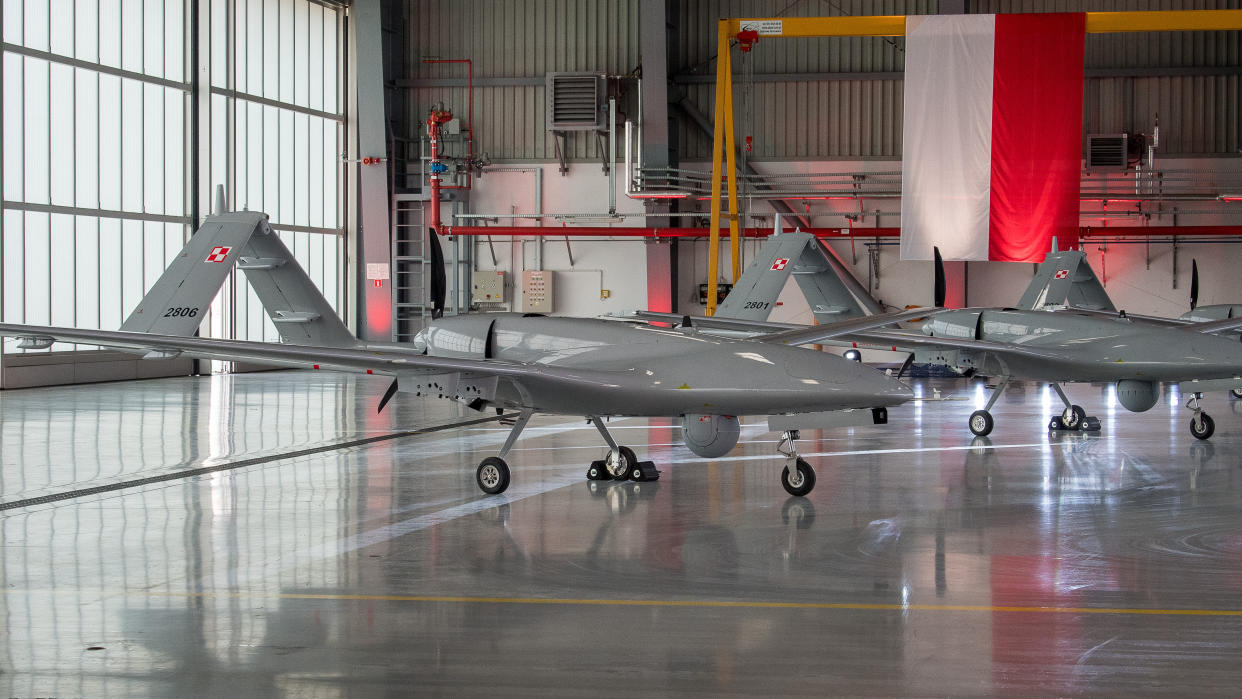
The signature Turkish weapons system first sent in 2019 and throughout the war has been the cost-effective and combat-proven small unmanned aerial vehicle (UAV) Bayraktar TB2, of which Ukraine is now believed to have a 50-strong fleet. And they continued well after the Russian invasion last year, being delivered by ground convoy from the Polish border into western Ukraine. These deliveries continue to the present day.
In April 2022, a senior officer of Ukraine’s military intelligence agency, HUR, gave Yahoo News a tour of the route TB2s have taken into Ukraine. Asked how many at that time the country had received, the HUR officer, who asked not to be named as he wasn’t allowed to talk to the press, said, “Let’s put it this way. It’s a lot more than has been disclosed publicly, and it’s more than enough.”
During the Battle of Kyiv, TB2s, taking advantage of the confused and rushed nature of the Russian advance into Ukraine’s capital, flew repeated combat sorties over Russian positions, destroying air defense systems, command and control centers, and critical fuel trucks.
The combat footage that emerged boosted Ukrainian morale at a crucial time, even causing a jaunty Ukrainian war ditty, “Bayraktar,” to go viral. Although the TB2 was largely withdrawn from the battlefield when Russian air defenses and electronic warfare began operating more effectively, the drones were still used to great effect to opportunistically hit targets in isolated positions such as Snake Island, off the coast of Odesa. Moreover, TB2s returned to the front after Russian air defenses began to be suppressed by AGM-88 HARM anti-radiation missiles quietly supplied to Kyiv by Washington.
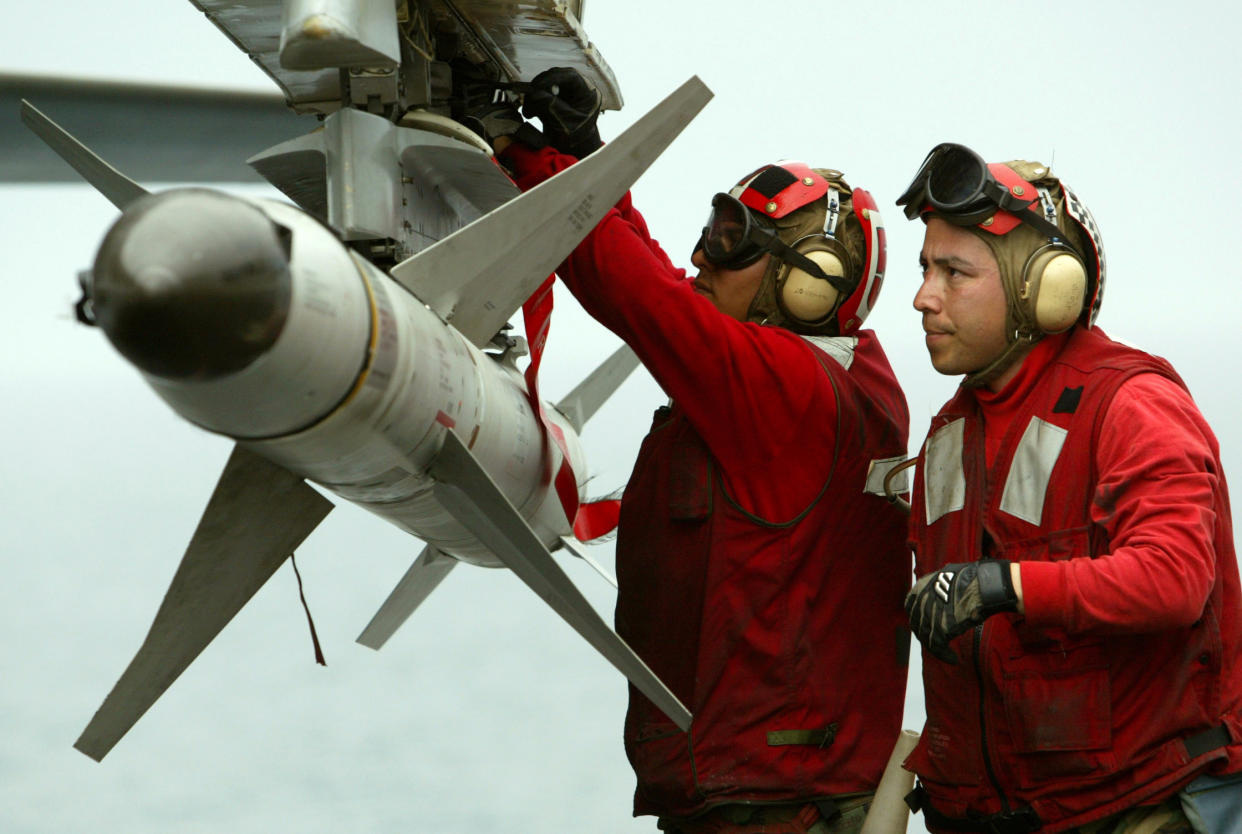
According to open-source website Oryx, which has been maintaining a running tally of Turkish military supplies to Ukraine and is also well-connected with the Turkish defense industry, 15 TB2 drones Ukraine received after March 2022 were donated by manufacturer Baykar Tech. Another 15 were sold to Ukraine at a discount between 30% and 50% of the retail price of $5 million. Baykar Tech also donated five drones after crowdfunding campaigns by Lithuanian, Polish and Ukrainian citizens raised sufficient funds to purchase the units; that money was instead diverted to humanitarian aid.
While nominally a private company, Baykar Tech has intimate connections with the Erdogan government and the ruling Justice and Development Party, also known as AKP, with Selçuk Bayraktar, the younger brother of Baykar CEO Haluk Bayraktar and a key figure in the company, being married to Erdogan’s daughter Sümeyye Erdogan, herself a former aide to her father’s party.
Haluk Bayraktar himself has been explicitly pro-Kyiv throughout the war, telling CNN on July 18 his company would never consider supplying UAVs to Russia as “we support Ukraine, support its sovereignty, its resistance for its independence.” Baykar Tech’s collaboration with Ukraine doesn’t end with sales or donations; the company inked an agreement with Kyiv to build its second drone production plant in the country in 2021, and pledged to continue this plan despite the current hostilities. Speaking in October, Bayraktar confirmed the plans were on schedule and the plant would be completed in two years. Notably, the Russian government has not once threatened to bomb this facility, whereas it routinely says all foreign weapons systems incoming to Ukraine are fair targets.
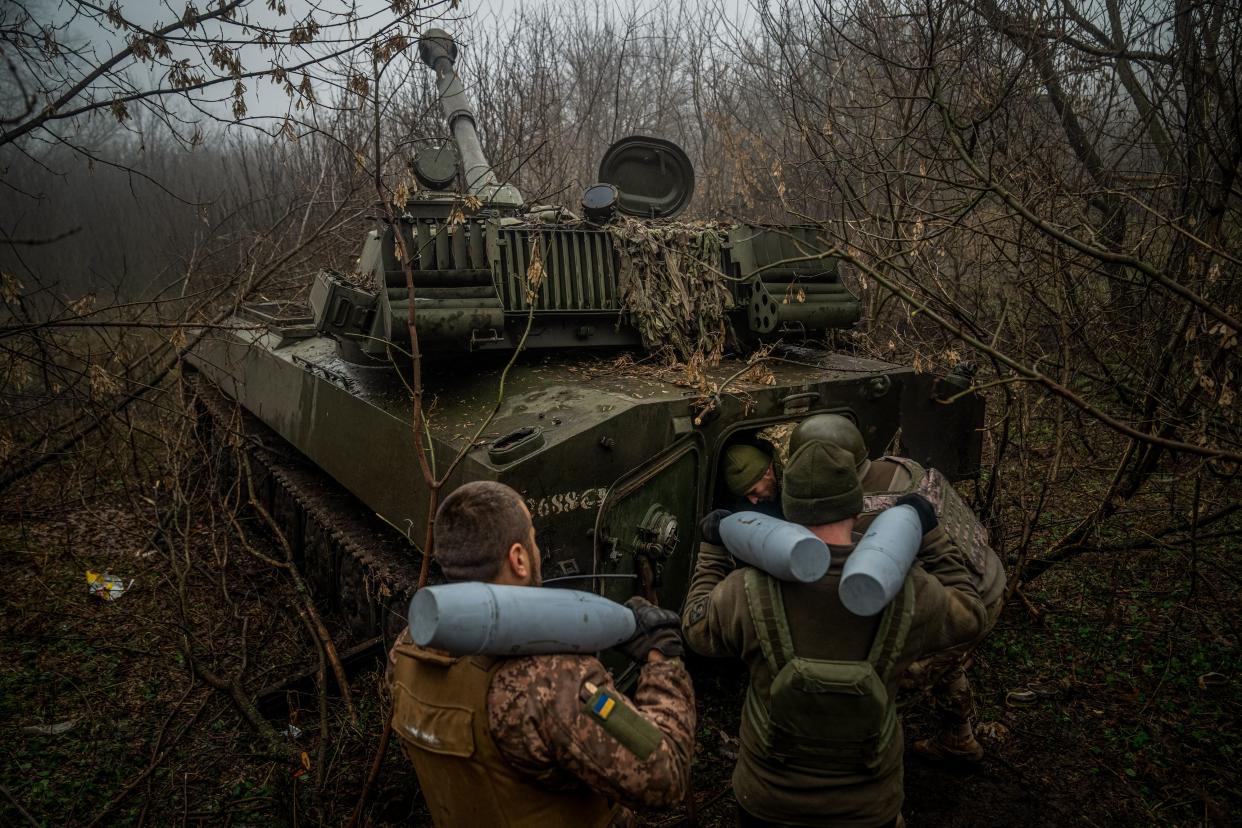
In addition to drones, Turkey has also supplied 200 domestically produced Kirpi MRAP armored personnel carriers, one of the largest shipments of a single model of armored vehicle by a country other than the United States.
In November, video evidence emerged on Telegram confirming reports by Oryx that Turkey has sent an unknown number of TRLG-230s, a modern and sophisticated laser-guided multiple rocket launching system, to Ukraine without any public acknowledgment of the fact. (The London-based news outlet Middle East Eye confirmed that report, citing sources with knowledge of the transfer.) The TRLG-230s can be used with TB2 drones to precisely hit moving Russian targets. The Turks have even played a role in potentially re-creating a surface fleet for the Ukrainian navy.
On Oct. 2, the first of two Ada-class corvettes being manufactured by Turkey, the Hetman Ivan Mazepa, was launched in Istanbul at an event attended by Ukrainian first lady Olena Zelenska. Like the Baykar Tech drone plant deal, this was another contract signed before the war that continued without interruption.
Taha Yaskin Akar, an Ankara-based Turkish analyst well-connected to Turkey’s burgeoning defense and security sector, told Yahoo News that Erdogan sees his country’s military-industrial complex as a means of prying open doors that would otherwise be closed to him. “For Eastern European countries, seeing what Turkey’s defense systems can do in the field against Russia, the one power they’re most likely to go to war with, makes them want what the Ukrainians have got.” Fellow NATO allies Poland, Romania and Bulgaria, Akar noted, all inked deals to buy TB2s from Baykar Tech within the last year.
Nor is Ukraine the only battlefield where these impressive drones have reduced Russian armor to scrap metal.
Proxy war
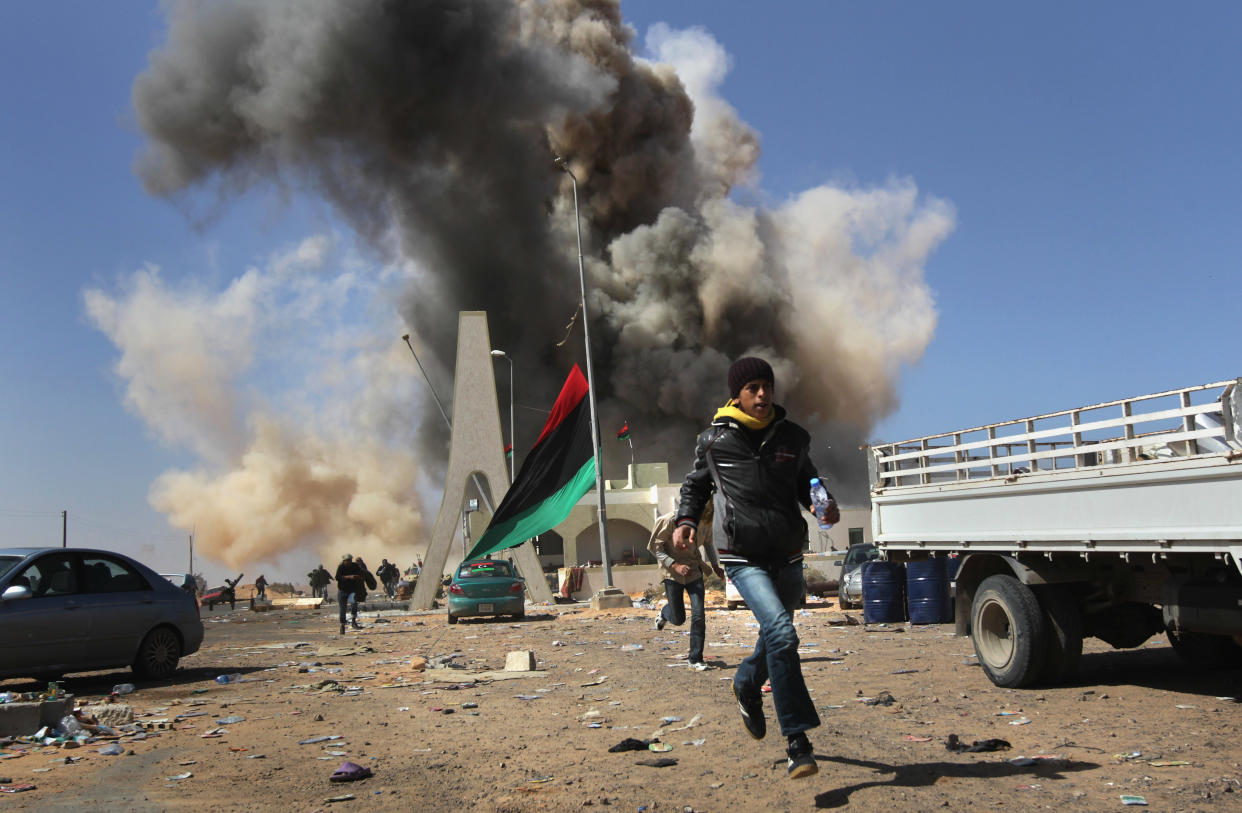
Russia and Turkey are on opposing sides of the Libyan civil war. Erdogan has backed the United Nations-recognized Government of National Accord in the North African nation, where NATO intervened in 2011, originally in the form of a no-fly zone to stop Libyan dictator Moammar Gadhafi from committing atrocities, an intervention that culminated in Gadhafi’s violent overthrow and lynching. On the other side, Putin has authorized sending matériel and personnel to Libya to assist warlord Gen. Khalifa Haftar, who is backed by France and the United Arab Emirates.
Around 200 fighters from the Wagner Group, a Russian mercenary corps financed by U.S.- and EU-sanctioned Russian oligarch Yevgeny Prigozhin, embedded with Haftar’s Libyan National Army in fighting around the Libyan capital of Tripoli. The Wagner Group has committed gruesome human rights abuses in Syria, Ukraine, the Central African Republic and other countries, according to the European Union. The U.S. Treasury Department labeled it a “Russian Ministry of Defense proxy force.”
TB2s have destroyed Russian Pantsir S1 air defense systems protecting Wagner operatives — and Haftar’s forces — in Libya.
Indirect warfare has also become direct. On Feb. 27, 2020, Russia bombed a Turkish military convoy in the town of Balyun in the northwestern Idlib province of Syria, killing 34 Turkish soldiers. In retaliation, Turkish TB2s and artillery destroyed practically all of Assad’s military infrastructure in the area. That event hasn’t been forgotten in the Turkish Foreign Ministry.
On the second anniversary of the Balyun attack, the Turkish Embassy in Kyiv gleefully responded to footage of a TB2’s annihilation of a Russian military column in Kherson, southern Ukraine, characterizing the strikes as revenge. “There is such a thing as divine justice,” the embassy’s Twitter account posted, then subsequently deleted.
According to Özkizilcik, “Erdogan exploits Putin’s ego and his desire for a ‘strong man’ image to maintain beneficial economic ties while indirectly killing Russian soldiers in Ukraine. So he’ll sit down with Putin but kick him under the table.”
The Great Game redux
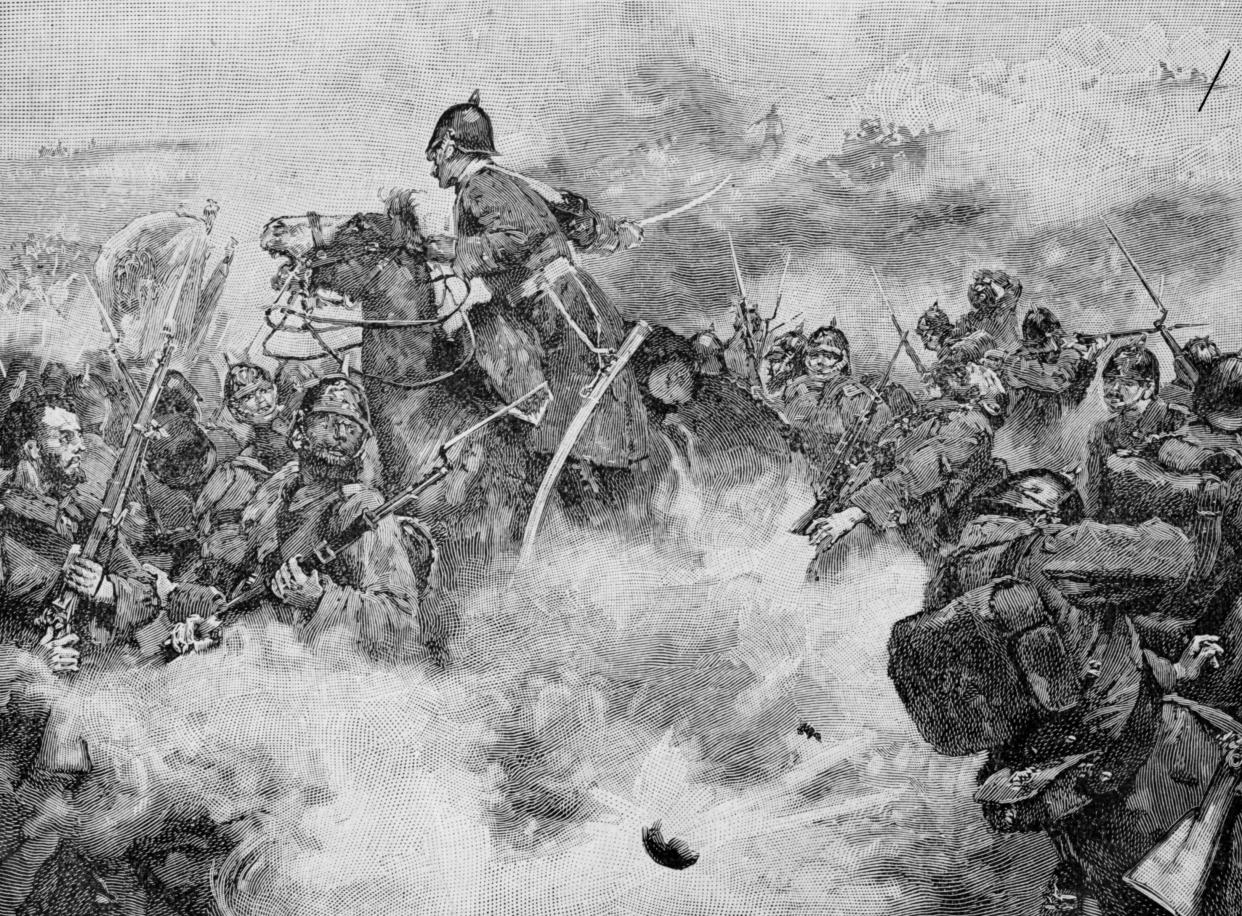
According to two Western diplomats who requested anonymity, Turkey also has sent other types of military hardware to Kyiv covertly. Much of that has to do with Ankara’s central economic preoccupation: reopening maritime trade with Ukraine. According to Jeffrey, the former U.S. ambassador, Erdogan wants to “neutralize Crimea,” the Ukrainian peninsula in the Black Sea that Putin illegally seized in 2014. “The Turks want to put the Russians under fire there and cut off most of their emergency resupply capability.”
Turkish and Russian competition over influence in Crimea goes back centuries. A war was fought over the peninsula from 1853 to 1856 between the Russian czar’s military and a Western alliance, including Great Britain and France, along with the Ottoman Empire, the forerunner to the modern Republic of Turkey. The Western-Ottoman side won, although Russia was allowed to retain control of Crimea at the expense of the demilitarization of the Black Sea, which severely curtailed Russian expansionism in the area.
Jeffrey argues little has changed since. “Turkey sees the biggest threat to its existence as the re-creation of the Soviet empire. The Russian encroachment into Ukraine is particularly sensitive, as this pushes Turkey into a competitive position with the Kremlin on the Black Sea, the Balkans and the Caucasus — traditional invasion routes for Russia for 250 years.”
On Feb. 27, three days after Russia’s invasion, Ankara limited the Russian naval deployment in the Black Sea by invoking Article 19 of the 1936 Montreux Convention, closing the Bosporus and Dardanelles straits to any Russian warships not already based there. As a result, Russia’s Black Sea Fleet, based for decades at the port city of Sevastopol, Crimea, could not be joined by four additional Russian warships that sought transit through the Turkish-controlled waterways during the first week of the war.
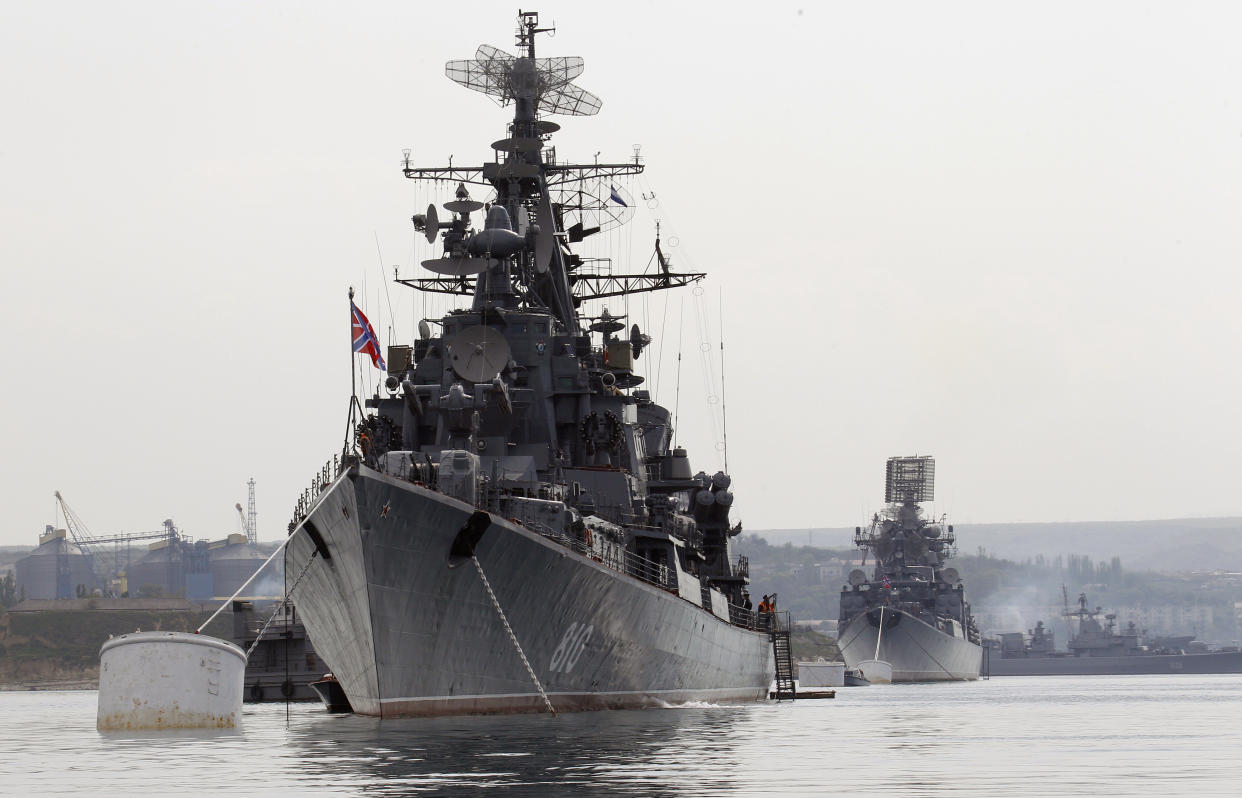
Turkey’s decision had even greater strategic consequences when Ukraine sank Russia’s flagship cruiser, the Moskva, and Moscow could not simply replace it with one of its sister vessels. The Black Sea Fleet is now deprived of the long-range air defense capability the Moskva once provided via its S-300 missile systems.
Erdogan has couched his intervention in the Black Sea region also in humanitarian terms, having repeatedly spoken about the need for Russia to withdraw from all occupied Ukrainian territories, including Crimea. Its sizable Turkic Muslim minority population, known as the Crimean Tatars, since Russia’s takeover has been “relentlessly persecuted” by the Russian occupiers, according to Human Rights Watch. Crimean Tatar leader Mustafa Dzhemilev, a former Soviet dissident and political prisoner, has also repeatedly met with Erdogan in Turkey.
While referring to the Russian president as my “dear friend Putin,” Erdogan affirmed that Crimea should be returned to its “rightful owners ... the people who were living there ... the Crimean Tatars,” who Erdogan also pointed out were of Turkish descent, in an interview conducted with PBS. This came shortly after Erdogan met with Putin in Uzbekistan in September at the Shanghai Cooperation Organization Heads of State Summit — where Erdogan kept Putin awkwardly waiting for a bilateral meeting, a power move Putin is famous for resorting to with Western leaders.
Ankara’s diplomatic influence was able to help create the July Black Sea Grain Initiative negotiated in Istanbul between Ukrainian and Russian diplomats indirectly via the United Nations. This breakthrough agreement lifted the Russian naval blockade on Ukrainian grain exports to foreign countries, a major source of Ukraine’s economy. It also gave the world one of the most diplomatically humiliating episodes for Moscow.
On Oct. 29, in the wake of a Ukrainian seaborne drone attack on Russian ships in Sevastopol, Moscow announced it was pulling out of the Turkish-brokered grain deal. Putin assumed this would stop all Ukrainian merchant ships from setting sail given the obvious implication that they were once again fair game. Turkey and Ukraine stood united in announcing their continued participation in the grain deal, essentially calling Putin’s bluff. Moscow climbed down three days later, claiming that the Russian Ministry of Defense received “written guarantees” from Turkey that the grain corridor would not be used to “conduct military operations against the Russian Federation.”
The Mediterranean mediator
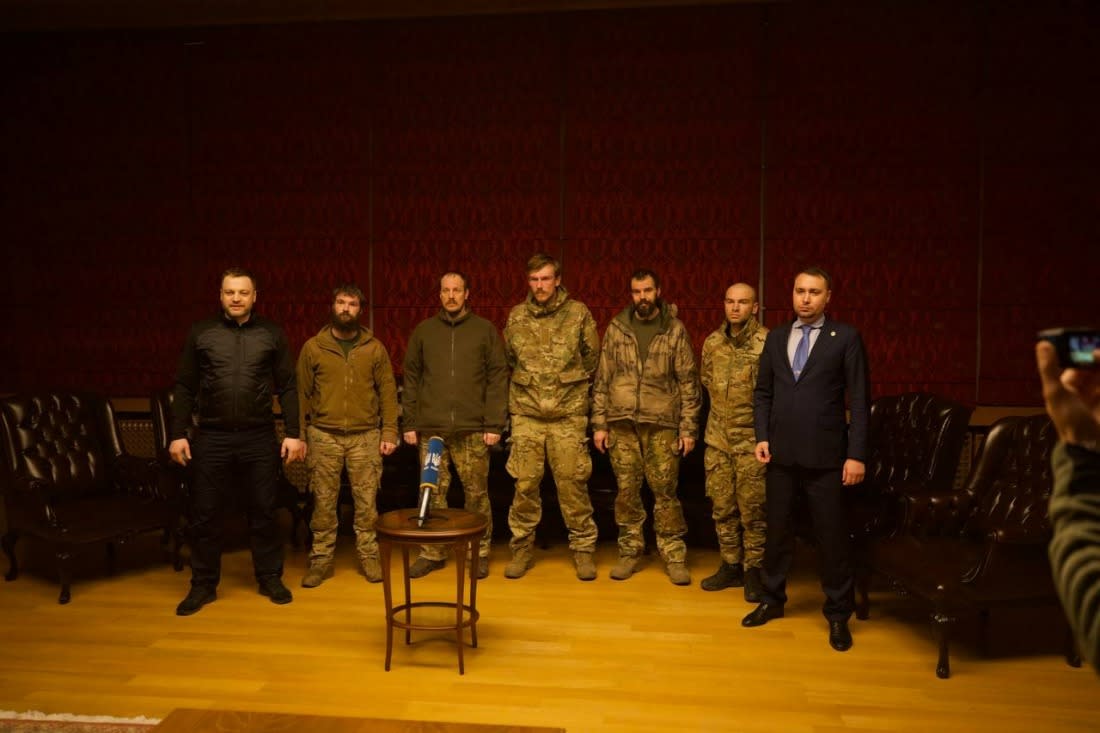
Turkey was intimately involved in the September prisoner exchange — the largest so far since the war started — of 215 Ukrainian defenders captured at Mariupol and foreign volunteers sentenced to death by kangaroo courts run by Russian-backed separatists in eastern Ukraine. In return, the Kremlin took custody of Viktor Medvedchuk, a pro-Russian Ukrainian oligarch to whose daughter Putin is godfather. Medvedchuk had been arrested by Ukraine’s domestic security service, the SBU, in April. Russia also received a number of high-ranking Russian officers taken prisoner in Ukraine’s Kharkiv offensive in September, some rumored to be as high as generals. That deal, negotiated in Istanbul, stipulated that senior members of Ukraine’s Azov Regiment who fought in Mariupol would remain in the Turkish city for the remainder of the war.
In November, CIA Director Bill Burns met with his Russian counterpart, Sergey Naryshkin, to “communicate with Russia on managing risk,” a visit that also laid the groundwork for the Brittney Griner/Viktor Bout prisoner exchange, as the cases of “unjustly detained U.S. citizens” were also discussed. Again, Istanbul was the location for the meeting.
Yet there is a clear limit to what Turkey is prepared to do either within or without NATO when it comes to Ukraine, according to Jeffrey.
“Erdogan has very extensive trade relations with the Russians, and he knows that if he pisses them off, they can sanction him, as they did in 2015,” Jeffrey said. “Erdogan genuinely believes we need a negotiated ending to the war, albeit one with maximum political objectives supporting Zelensky.”
Empowering Ukraine, in other words, empowers Turkey and weakens Turkey’s historic great-power rival in the neighborhood. “Regardless of how the war ends, Turkey will strengthen its position in the region,” a senior Ukrainian military official, who spoke on the condition of anonymity, told Yahoo News. “That is why they are so skillfully balancing between us and Russia now. With us they are ‘nice,’ with Muscovites they are ‘smart.’”

